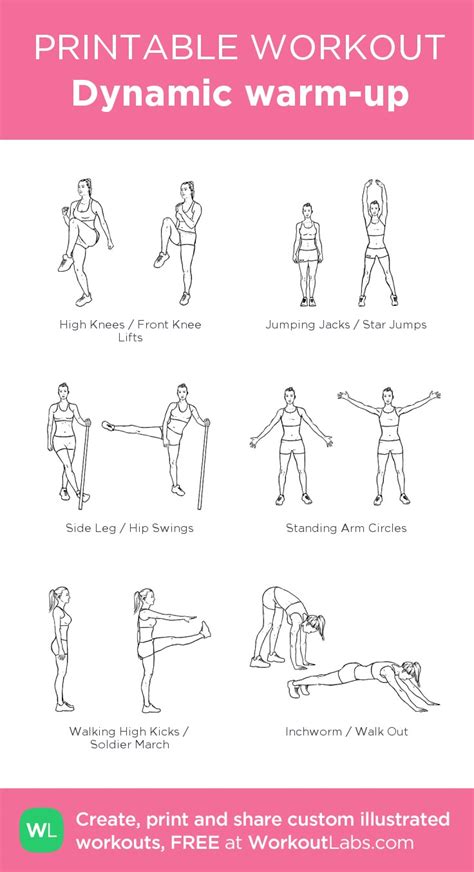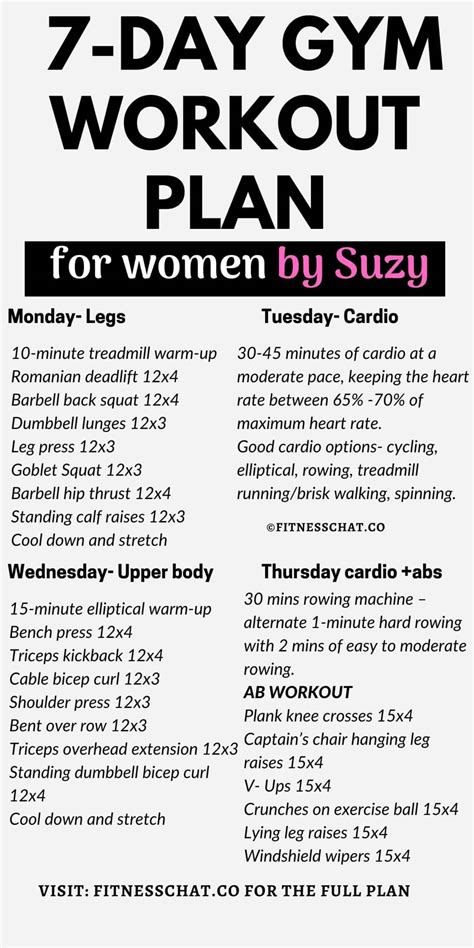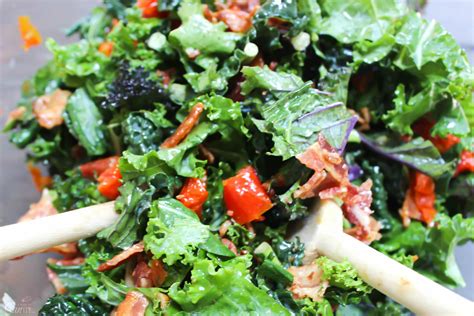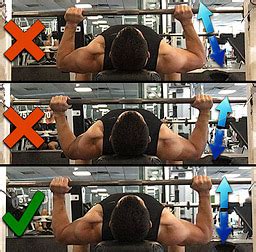The Evolving Landscape of Fitness After 40
As men cross the threshold of 40, the body begins to experience physiological shifts that necessitate a more thoughtful and strategic approach to strength training. While the desire for muscle gain often remains, the stakes for injury prevention rise significantly. The good news is that with the right knowledge and commitment, men over 40 can not only maintain but significantly improve their strength, muscle mass, and overall physical health.
Why Strength Training is Essential After 40
Beyond aesthetics, strength training offers a multitude of benefits that become increasingly vital with age. Sarcopenia, the age-related loss of muscle mass, typically begins in the 30s and accelerates after 40, impacting metabolism, strength, and functional independence. Bone density also tends to decline, increasing the risk of osteoporosis.
Combating Sarcopenia and Bone Density Loss
Regular resistance training is the most effective intervention against sarcopenia, helping to preserve and build muscle fiber. This, in turn, boosts metabolism, supports healthy body composition, and improves insulin sensitivity. The mechanical stress of lifting weights also stimulates bone remodeling, strengthening bones and reducing fracture risk.
Metabolic Health and Hormonal Balance
Increased muscle mass improves glucose uptake, helping to manage blood sugar levels and reduce the risk of type 2 diabetes. Furthermore, consistent strength training can positively influence hormonal balance, potentially supporting healthy testosterone levels, which naturally decline with age.

Optimizing Your Routine for Sustainable Muscle Growth
Building muscle after 40 isn’t about simply lifting heavier; it’s about lifting smarter. The principles of progressive overload still apply, but the execution requires nuance.
Prioritize Progressive Overload Smartly
Progressive overload means continually challenging your muscles, but this doesn’t always have to be through increasing weight. You can also progress by increasing reps, sets, time under tension, reducing rest periods, or improving form. Focus on consistent, small increments rather than dramatic jumps that can lead to injury.
Embrace Compound Movements
Compound exercises like squats, deadlifts, bench presses, overhead presses, and rows engage multiple muscle groups and joints simultaneously, making them highly efficient for muscle gain and promoting functional strength. They also elicit a greater hormonal response, which is beneficial for muscle growth.

Nutrition: The Unsung Hero
Muscle growth cannot occur without proper nutrition. Prioritize adequate protein intake (around 1.6-2.2g per kg of body weight) to support muscle repair and synthesis. Ensure sufficient caloric intake to fuel workouts and recovery, emphasizing whole, unprocessed foods. Don’t neglect healthy fats and complex carbohydrates for energy and overall health.
Fortifying Against Injury: Your Long-Term Strategy
Injury prevention is paramount. A single significant injury can derail progress for months, or even permanently. Integrate these strategies to protect your body.
The Indispensable Warm-up and Cool-down
Always begin with a dynamic warm-up (5-10 minutes) to increase blood flow, activate muscles, and improve joint mobility. This could include light cardio, arm circles, leg swings, and bodyweight squats. Conclude your session with a static cool-down, holding stretches for major muscle groups to improve flexibility and aid recovery.

Mastering Form Over Weight
Ego lifting is the enemy of longevity. Perfect your technique with lighter weights before attempting to lift heavy. Poor form not only reduces the effectiveness of an exercise but dramatically increases the risk of injury, especially to the lower back, shoulders, and knees. Consider working with a qualified trainer to refine your form.
Listen to Your Body and Prioritize Recovery
Recovery becomes even more critical with age. Adequate sleep (7-9 hours), active recovery days (e.g., walking, stretching), and planned deload weeks are crucial. Don’t ignore persistent aches or sharp pains; pushing through them is a recipe for injury. Modify or skip exercises if necessary.
Advanced Considerations for the Mature Athlete
For men over 40, some specific adjustments can further enhance results and mitigate risks.
Hormonal Awareness and Management
Consult with a healthcare professional about your hormone levels, particularly testosterone. While strength training can support healthy levels, understanding your baseline can help inform your overall health strategy. Discuss lifestyle factors that influence hormones, such as stress management and sleep.

Strategic Programming: Periodization and Deloads
Implement periodization into your training, varying the intensity and volume over time. This cyclical approach helps prevent plateaus and reduces the risk of overtraining. Scheduled deload weeks, where volume and intensity are significantly reduced, allow your body to fully recover and prepare for the next training cycle.
Supplementation (If Necessary and Guided)
While not a substitute for proper nutrition, certain supplements can be beneficial. Creatine monohydrate is well-researched for strength and muscle gain. Vitamin D, Omega-3 fatty acids, and magnesium can support overall health, bone density, and recovery. Always consult with a doctor or registered dietitian before starting any new supplement regimen.
Building a Stronger, Healthier Future
Optimizing strength training for men over 40 is a journey of consistency, mindfulness, and intelligent adaptation. By focusing on progressive overload through smart execution, prioritizing impeccable form, nourishing your body, and dedicating time to recovery, you can continue to build muscle, enhance your physical capabilities, and significantly reduce your risk of injury. Embrace this strategic approach, and you’ll not only look and feel stronger but also lay the foundation for a vibrant and active future.





